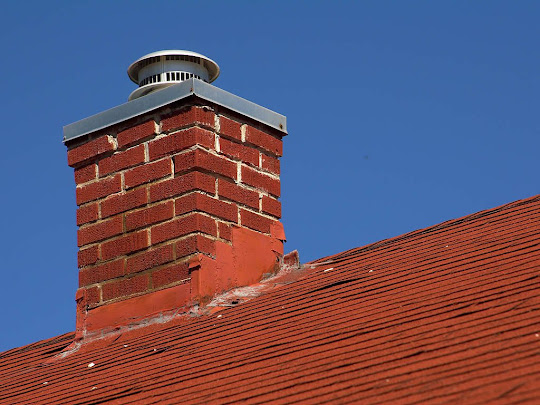A Fireplace Firebox: What Is It? What You Must Understand
Visualise the warmth and elegance of your home’s fireplace serving as an admired storyteller. Let me introduce you to the unsung hero of this warm scene: the firebox in the fireplace. The magic happens there, just like on the stage of a storyteller. Discover how the fireplace firebox transforms your home into a cosy and appealing retreat as we explore its mysteries. Together, we will examine this crucial component that turns everyday occurrences into exceptional ones.
What is a Fireplace Firebox?
What are the types of Fireplace Firebox?
There are different types of fireboxes available in a variety of designs to suit a range of tastes and heating requirements. The effectiveness and aesthetic of a fireplace are influenced by these firebox constructions, which act as its central component. Let’s examine the primary varieties of fireplace fireboxes: Gas, Electric, Mansory and wood-burning. Each type has advantages and characteristics that set it apart from the others.
- Wood-Burning Fireplace Firebox
Due to their traditional design and everlasting atmosphere, wood-burning fireplaces are a popular and classic option. They provide the unique scent of burning wood along with a more traditional experience than their electric and gas competitors. However, because of the ash, soot, and residue left over from previous fires, keeping these fireplaces takes a lot of work. Furthermore, they produce more indoor air pollutants. They are preferred by those who value having a connection to nature and would rather not rely on electricity for warmth despite these drawbacks.
- Firebox for Electric Fireplace
Frequent cleaning, wood chopping, and ash removal are not necessary for electric fireplaces, making them a hassle-free heating option. When compared to traditional wood-burning fireplaces, electric fireplaces require less frequent cleaning because they don’t release any combustion byproducts into the home. This helps reduce indoor air quality pollution.
- Mansory Fireplace
Brick, block, stone, and mortar are the only materials used to create the unique constructions known as masonry fireplaces. Famous for their heavy weight—they may weigh anywhere between six and seven tons—these fireplaces are highly sought-after for their timeless beauty and ability to raise a home’s overall value. With masonry fireplaces, homeowners may customise their design as they are made on-site, brick by brick, unlike prefabricated versions.
- Gas Fireplace Firebox
Using natural gas, gas fireplaces provide a contemporary and environmentally beneficial option. They heat places rapidly, are simple to operate, and retain efficiency, all while having the least carbon footprint of the available options. Its widespread use as a fuel for a variety of home appliances adds to its appeal. Gas hookups are necessary for gas fireplaces, which may be inconvenient for many houses despite these benefits. They also don’t offer the same versatility for customisation that wood-burning fireplaces do.
What are the benefits of Fireplace Fireboxes?
In terms of both functionality and aesthetic appeal, fireplace fireboxes are the central component of a fireplace. A home’s entire heating experience and atmosphere are enhanced by these structures, which come in a variety of styles. Let’s explore various advantages of fireplace fireboxes, which are customised to fulfil various heating requirements and tastes.
- Variety of Fuel
Because a variety of wood species are used in wood-burning fireboxes, users can choose the wood that best suits their preferences and local availability. This versatility in fuel source is achieved. This versatility enhances the visual appeal of the varied wood textures and provides clients with a cheap and sustainable heating option, depending on the availability of wood in the area.
- Minimum Maintenance
Frequent cleaning, wood chopping, and ash removal are not necessary for electric fireplaces, making them a hassle-free heating option. When compared to traditional wood-burning fireplaces, electric fireplaces require less frequent cleaning because they don’t release any combustion byproducts into the home. This helps reduce indoor air quality pollution.
- Design Variety
There is a great deal of design variety available in the on-site building of masonry fireplaces. Homeowners can incorporate particular architectural features, select from a variety of brick patterns, and alter the size and form to create a fireplace that blends in perfectly with the rest of the house’s design.
- Energy Efficiency
Masonry fireplaces are excellent in terms of energy efficiency because of their significant mass. After being heated, the stone radiates and holds onto the heat, distributing it more evenly and sustainably throughout the space. This efficiency contributes to possible long-term energy savings in addition to improving comfort.
.jpg)
.jpg)
.jpg)

Comments
Post a Comment